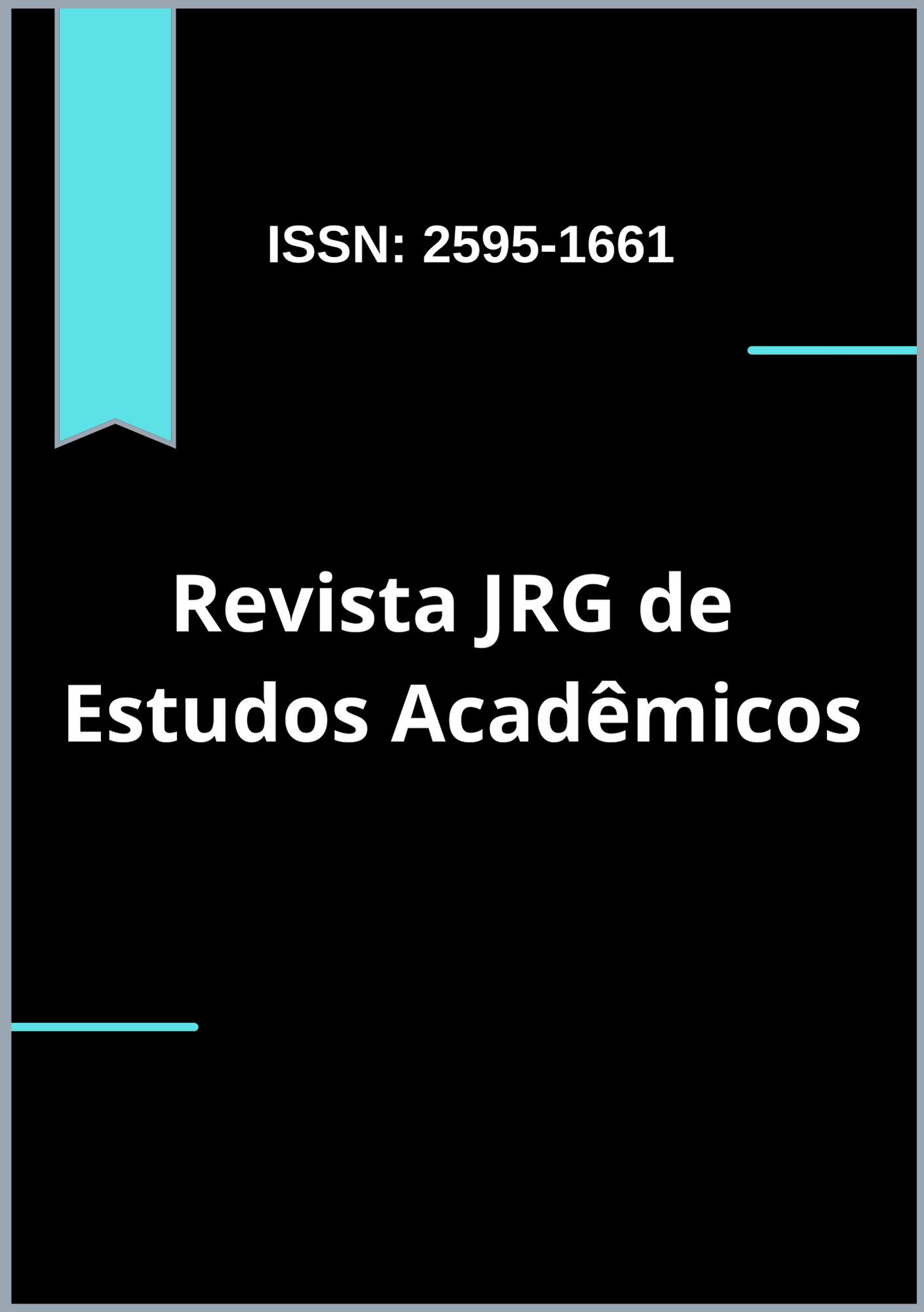Therapeutic resource manuals in the treatment of bruxism: a scoping review
DOI:
https://doi.org/10.55892/jrg.v7i15.1499Keywords:
Bruxism, Manual therapy, Bruxism Treatment, PhysiotherapistsAbstract
Introduction: Bruxism is a neuromuscular dysfunction that leads to excessive neural activation in the facial muscles. It can be defined as the habit of clenching, sliding or grinding your teeth unconsciously, most of the time, during sleep. This condition causes symptoms such as headache and toothache, tooth loss and can cause temporomandibular disorders. Currently, bruxism is treated with medication to relieve symptoms and an occlusal splint. The pathophysiology of bruxism, however, allows us to consider the possibility of using manual therapeutic resources as a form of non-drug treatment, which can relieve muscle tension. Objective: This study aims, therefore, to identify consistent evidence regarding the treatment of bruxism through the application of manual therapies and gaps in the literature on the subject. Methodology: The review was carried out by searching for randomized clinical trials, using the terms DeCS/MeSH, in the PEDro, Scielo, Lilacs, Pubmed and Cochrane databases. Initially, 94 articles on the topic were identified, which were selected, following the inclusion and exclusion criteria. Only randomized clinical trials, published in Portuguese, English or Spanish, that aimed to treat bruxism in individuals over 5 years of age were included. Results: During the selection of articles, 63 were excluded after reading the abstract and 13 after reading the entire article. Among the remainder, 12 duplicate articles in more than one database were excluded. At the end of the selection, only 6 studies, published between 2003 and 2022, were included in the final analysis after complete reading. When undergoing methodological analysis of the PEDro scale, the studies had scores between 2 and 8, with the majority of them being below 6, the threshold for them to be considered good in methodological quality. The number of participants in clinical trials varies between 12 and 100, small samples, considering that bruxism is a common pathology and the intervention is simple. Conclusion: Despite the relevance of the dysfunction, which has significantly increased its occurrence in recent years, bruxism is still little studied, especially among physiotherapists. The need to standardize assessment scales and tests for diagnosis and assessment of symptoms was observed. Current studies, therefore, are not sufficient to confirm the effectiveness of manual therapy on symptoms or remission of muscle hyperactivity caused by bruxism. To achieve this, new clinical trials on the subject will be necessary, with significant samples and improvements in methodological quality.
Downloads
References
AMORIM, C. S. M. et al. Effectiveness of two physical therapy interventions, relative to dental treatment in individuals with bruxism: study protocol of a randomized clinical trial. Trials, v. 15, n. 1, 2014. Disponível em: < https://doi.org/10.1186/1745-6215-15-8>
GOMES, C. A. F. P.; et al. Effects of massage therapy and occlusal splint usage on quality of life and pain in individuals with sleep bruxism: A randomized controlled trial. Rigaku ryoho [Journal of the Japanese Physical Therapy Association], v. 18, n. 1, p. 1–6, 2015. Disponível em: <https://doi.org/10.1298/jjpta.Vol18_001>
CAPELLINI, V. K.; SOUZA, G. S. DE; FARIA, C. R. S. DE. Massage therapy in the management of myogenic TMD: a pilot study. Journal of applied oral science, v. 14, n. 1, p. 21–26, 2006. Disponível em: < https://doi.org/10.1590/S1678-77572006000100005>
DE LAAT, A.; STAPPAERTS, K.; PAPY, S. Counseling and physical therapy as treatment for myofascial pain of the masticatory system. Journal of orofacial pain, v. 17, n. 1, p. 42–49, Inverno 2003.
EL-GENDY, M. H. et al. Effect of manual physical therapy on sleep quality and jaw mobility in patients with bruxism: A biopsychosocial randomized controlled trial. Frontiers in neurology, v. 13, 2022. Disponível em: < https://doi.org/10.3389/fneur.2022.1041928>
LOBBEZOO, F. et al. Bruxism defined and graded: an international consensus. Journal of oral rehabilitation, v. 40, n. 1, p. 2–4, 2013. Disponível em: < https://doi.org/10.1111/joor.12011>
SILVA, B. B. R. DA et al. Prevalência de bruxismo e distúrbio do sono em deficientes visuais. Fisioterapia em Movimento, v. 26, n. 1, p. 159–166, 2013. Disponível em: < https://doi.org/10.1590/S0103-51502013000100018>
VOLKAN-YAZICI, M. et al. Comparison of Kinesio taping and manual therapy in treatment of patients with bruxism using shearwave ultrasonography-a randomized clinical trial. International Journal of Clinical Trial, vol 75, n. 12, 2021. Disponível em: < http://dx.doi.org/10.22541/au.161248614.49810912/v1>.
WIECKIEWICZ, M.; PARADOWSKA-STOLARZ, A.; WIECKIEWICZ, W. Psychosocial aspects of bruxism: The most paramount factor influencing teeth grinding. BioMed research international, v. 2014, p. 1–7, 2014. Disponível em: < https://doi.org/10.1155/2014/469187>











































